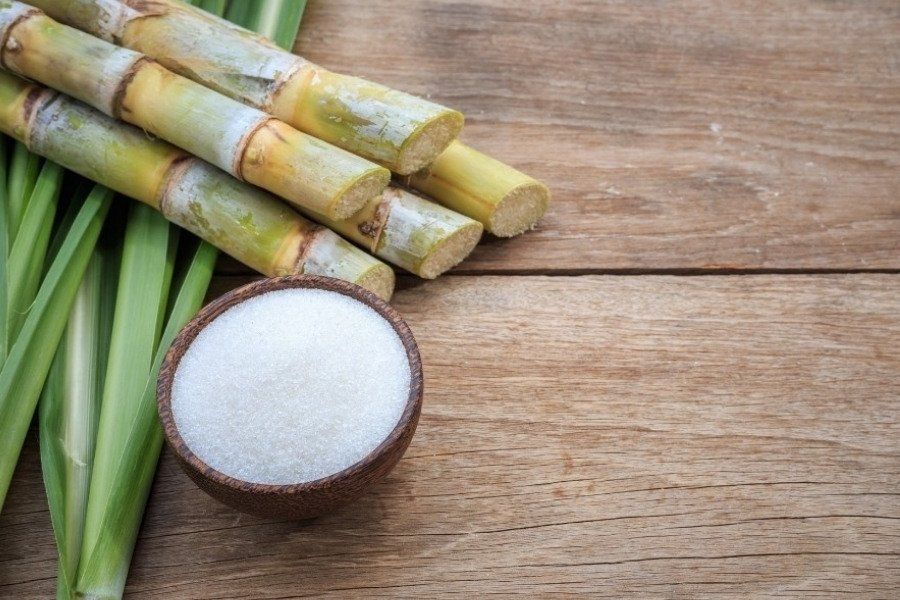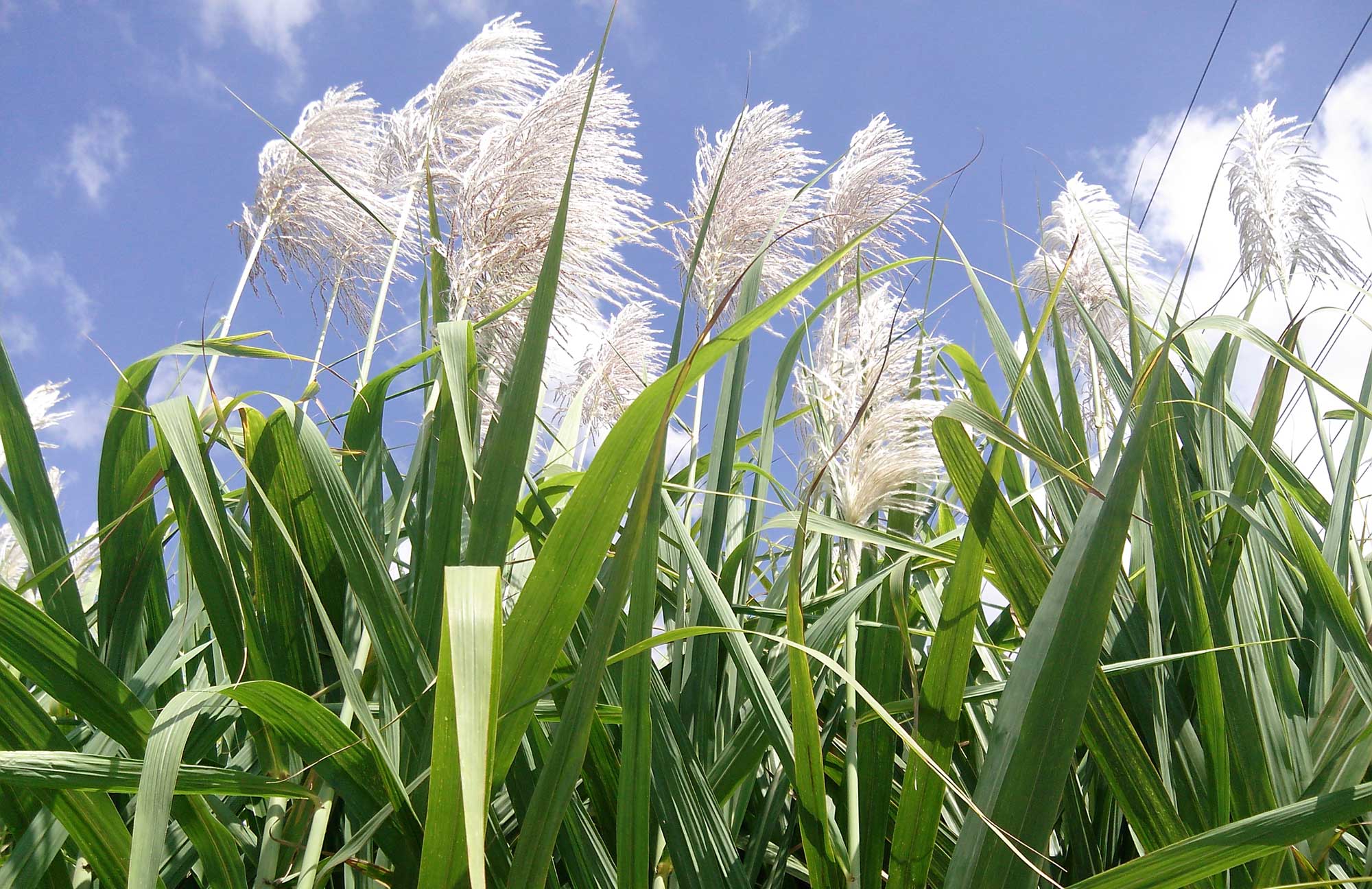A Beginner’s FAQ: What Are Sugar Canes Used For Around the World
Everything About Sugar Canes: What Are Sugar Canes Made Use Of For and Their Duty in Global Farming?
Sugar walking canes function as a foundation of worldwide farming, primarily identified for their duty in sugar production. They additionally add to the creation of spin-offs like molasses and ethanol. These elements not just support various industries but also influence financial stability in country regions. The growing of sugar canes encounters substantial ecological obstacles. Comprehending their multifaceted function prompts more expedition right into their farming techniques and sustainability initiatives.
The Agricultural Process of Sugar Cane Growing
Sugar walking cane farming might vary by area, the fundamental farming procedure remains regular. The first action entails picking high-yielding ranges appropriate for neighborhood climates. Prep work of the dirt is important, typically calling for husbandry and the enhancement of fertilizers to enhance fertility. Growing generally occurs during the rainy season, with farmers using either whole stalks or cuttings to establish brand-new crops.As the plants grow, they call for persistent treatment, consisting of weed control, pest management, and irrigation, depending on the environmental problems. Farmers check the sugar walking stick's development cycle, which typically spans 10 to 24 months, prior to collecting. Harvesting is labor-intensive, frequently conducted by hand or with specialized equipment, ensuring very little damage to the stalks. Adhering to harvest, the cane is transported to refining centers. This thorough growing procedure not just supports neighborhood economies but also plays a substantial function in global farming practices, contributing to food and energy materials.
Sugar Production: From Walking Stick to Crystal
The trip of sugar production starts the moment fresh collected sugar walking stick arrives at processing facilities. The very first step includes cleaning and slicing the walking stick to prepare it for extraction. Making use of high-pressure rollers, the juice is removed from the smashed walking cane, causing a wonderful liquid known as sugarcane juice. This juice undertakes explanation, where pollutants are gotten rid of through the addition of lime and heat.Next, the made clear juice is concentrated by boiling it to develop a thick syrup. This syrup is then taken shape by cooling, allowing sugar crystals to create. The crystallized sugar is separated from the remaining syrup, called molasses, via centrifugation.Finally, the sugar crystals are washed and dried out, resulting in the acquainted granulated sugar (What Are Sugar Canes Used For). This process changes raw sugar cane right into an item that is indispensable to various cooking and industrial applications, highlighting the importance of sugar in global farming
Biofuels and Sugar Canes: A Sustainable Future
As the globe significantly looks for lasting energy services, sugar walking canes have become an encouraging resource for biofuels. The biomass derived from sugar walking canes can be exchanged ethanol, an eco-friendly gas choice that significantly reduces greenhouse gas emissions compared to nonrenewable fuel sources. This process not only gives a cleaner energy source yet also advertises energy independence for several countries.In enhancement, sugar cane farming supports country economic climates by creating jobs in both farming and biofuel production sectors. Using sugar walking sticks for biofuel manufacturing also urges agricultural diversification, which can boost soil health and decrease reliance on solitary plants. Additionally, the spin-offs of sugar cane handling can be made use of for power generation, additionally adding to a sustainable power cycle. As countries undertaking to meet renewable energy targets, sugar walking canes are poised to play a necessary role in shaping a more sustainable future in the biofuel landscape.

The Role of Sugar Canes in Drink Manufacturing
Sugar walking sticks play a significant function in beverage production, acting as a primary component in rum and adding to the sweetness of many sodas. Additionally, their natural juices are used in different beverages, improving flavor and charm. This flexibility emphasizes the importance of sugar walking sticks in the worldwide beverage market.
Sugar Walking Stick in Rum
Rum manufacturing is intricately linked to the cultivation of sugar walking stick, a crucial plant that offers the necessary fermentable sugars needed for fermentation. This process starts with the extraction of juice from harvested sugar walking sticks, which is then either fermented directly or processed right into molasses. Yeast is added to transform the sugars right into alcohol, leading to a diverse variety of rum styles, from light to dark varieties. The geographical region where the sugar walking stick is grown substantially influences the flavor profile of the rum, with elements such as soil type and climate having fun vital duties. Nations like Barbados, Jamaica, and Cuba are renowned for their rum production, showing the cultural and historical relevance of sugar cane within the international beverage industry.
Soft Drinks Sugar Source

Natural Juice Manufacturing Utilizes
In enhancement to its substantial role in soda manufacturing, sugar walking stick is additionally essential in the natural juice industry. The juice extracted from sugar walking cane, referred to as walking cane juice, is celebrated for its all-natural sweet taste and one-of-a-kind flavor profile. This juice is frequently taken in fresh in numerous areas, specifically in exotic nations, where it is taken pleasure in as a revitalizing beverage. Furthermore, walking stick juice functions as a base ingredient in a variety of natural fruit juices and shakes, enhancing both preference and nutritional value. Its all-natural residential properties make it an appealing choice to sweetening agents, appealing to health-conscious consumers. Generally, sugar walking stick's versatility in juice production highlights its relevance in contemporary beverage offerings worldwide.
Advancements in Sugar Walking Cane Byproducts
Innovations in sugar cane byproducts are leading the way for sustainable solutions in various industries. Biofuels stemmed from sugar cane use an alternative power source, while advancements in sustainable packaging are decreasing reliance on standard materials. These advancements highlight the convenience and capacity of sugar walking cane beyond its primary usage in beverage production.
Biofuels From Sugar Cane
Exactly how can the byproducts of sugar walking cane add to sustainable energy remedies? web The conversion of sugar walking cane into biofuels presents an encouraging opportunity for renewable resource. By making use of the coarse residue, called bagasse, producers can create bioethanol through fermentation procedures. This bioethanol can act as a lasting choice to fossil fuels, lowering greenhouse gas emissions and reliance on non-renewable sources. In addition, molasses, an additional byproduct, can be fermented to produce biofuels, making best use of source effectiveness. The energy generated from sugar walking cane not just gives a cleaner fuel resource yet likewise improves the total financial feasibility of sugar production. By incorporating biofuel production into their procedures, sugar walking stick sectors can play a necessary role ahead of time sustainable energy options around the world.
Sustainable Packaging Solutions
Sustainable packaging options are significantly being created from sugar walking stick byproducts, showcasing the convenience of this farming staple. Advancements such as naturally degradable plastics stemmed from bagasse, the fibrous deposit left after juice extraction, are gaining grip. These materials provide an environment-friendly option to conventional plastics, reducing reliance on fossil gas and reducing carbon footprints. Furthermore, sugar cane-based packaging is compostable, damaging down naturally without harming the setting. Business are now discovering these choices to align with consumer demand for sustainability. As recognition of plastic air pollution grows, the fostering of sugar cane-derived product packaging is expected to rise, positioning sugar walking canes as a principal in the shift to greener packaging remedies in numerous sectors.
Economic Influence of Sugar Walking Stick Farming

Although sugar walking cane farming has deep origins in several economic climates, its economic impact expands far beyond agricultural production. This crop offers as a significant income source for millions of farmers worldwide, specifically in creating countries where farming is a primary resources. Sugar walking cane adds to neighborhood economic climates via task production in harvesting, cultivation, and handling. The market likewise promotes growth in related sectors such as transport, equipment production, and food processing.Furthermore, sugar walking stick is an essential player in international trade, influencing global markets and costs. Countries that produce sugar cane often count on exports to enhance their economic stability. The spin-offs of sugar walking stick, such as ethanol and molasses, expand profits streams for farmers and include worth to the agricultural market. On the whole, the financial implications of sugar walking cane farming are profound, influencing not only farmers however additionally whole neighborhoods and national economic climates.
Environmental Factors To Consider in Sugar Walking Cane Growing
While sugar walking cane farming plays a crucial role in lots of economies, it also elevates considerable ecological concerns that can not be overlooked. The comprehensive usage of plant foods and pesticides in sugar walking stick farming usually leads to dirt degradation and water contamination. Drainage from these chemicals can pollute nearby water bodies, damaging aquatic environments. Furthermore, the monoculture techniques widespread in sugar cane farming minimize biodiversity, making environments more at risk to parasites and diseases.Deforestation is an additional important problem, as land is often cleared to make way for sugar ranches, bring about environment loss for wild animals and raised carbon emissions. The high water intake needed for sugar cane irrigation can strain regional water resources, especially in dry regions. As worldwide need for sugar remains to rise, resolving these ecological challenges comes to be important to guarantee sustainable methods in sugar walking stick cultivation.
Frequently Asked Concerns
What Are the Nutritional Perks of Sugar Walking Stick?
The nutritional advantages of sugar walking cane mostly include its high carbohydrate web content, supplying energy. Additionally, it contains vitamins, minerals, and anti-oxidants that might support general wellness, though moderation is essential as a result of its sugar content.
Just How Does Sugar Walking Cane Affect Resident Ecosystems?
Sugar walking stick farming can significantly impact neighborhood ecological communities by modifying land use, influencing biodiversity, and calling for considerable water resources. Additionally, it might result in dirt destruction and pesticide overflow, disrupting bordering habitats and wild animals populations.
What Is the Background of Sugar Cane Growing?

Are There Alternatives to Sugar Walking Stick for Sugar Manufacturing?
Alternatives to sugar walking stick for sugar production include sugar beets, corn, and various tropical plants like sorghum and agave (What Are Sugar Canes Used click to read more For). These crops use diverse resources of sweet taste, Going Here each with distinctive cultivation needs and ecological effects
Exactly How Do Climate Patterns Influence Sugar Walking Cane Yields?
Weather condition patterns considerably affect sugar walking stick returns via temperature variations, rainfall amounts, and seasonal cycles. Dry spell or extreme rains can impede development, while optimal problems boost photosynthesis, inevitably influencing the amount and high quality of the harvest. The trip of sugar manufacturing starts the moment newly gathered sugar cane gets here at processing centers. The taken shape sugar is separated from the staying syrup, understood as molasses, via centrifugation.Finally, the sugar crystals are cleaned and dried out, resulting in the familiar granulated sugar. Rum production is intricately connected to the cultivation of sugar cane, an important crop that provides the needed fermentable sugars required for fermentation. In addition, the monoculture techniques widespread in sugar walking stick farming lower biodiversity, making ecological communities more susceptible to insects and diseases.Deforestation is an additional vital problem, as land is usually gotten rid of to make means for sugar vineyards, leading to environment loss for wildlife and increased carbon discharges. Alternatives to sugar walking stick for sugar production consist of sugar beets, corn, and numerous exotic plants like sorghum and agave.